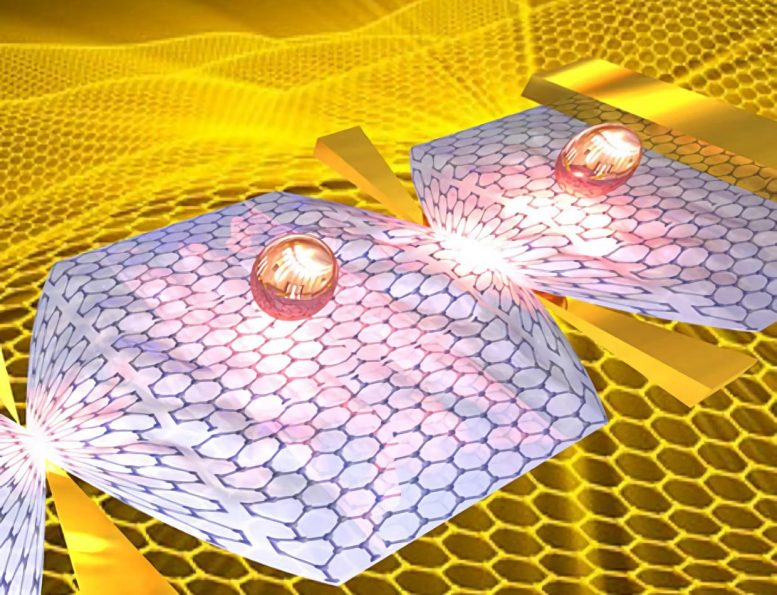
A recent study reveals that graphene efficiently converts light into electricity by generating multiple hot electrons from a single absorbed photon. The number of hot electrons increases with the energy of the absorbed photon. Credit: The Institute of Photonic Sciences
A newly published study shows that graphene is highly efficient in converting light to electricity, demonstrating that graphene is able to convert a single photon that it absorbs into multiple hot electrons, and that the higher photon’s energy, the larger the number of hot electrons created.
The most recent addition to the long list of the amazing properties of graphene was announced in Nature Physics in a paper authored by ICFO researchers, in collaboration with researchers from MIT, Max Planck Institute for Polymer Research, and Graphenea S.L. The paper demonstrates that graphene is able to convert a single photon that it absorbs into multiple hot electrons, and that the higher photon’s energy, the larger the number of hot electrons created. Since these light-induced electrons can drive currents, hot-electron multiplication is an essential ingredient for light harvesting with very low energy loss. Moreover, the combination of broadband absorption and hot-carrier multiplication enables graphene to efficiently convert light energy from the full solar spectrum into electricity.
The experiment was conducted using a pump-probe technique with ultrahigh time resolution. Researchers excited single-layer graphene with a well-known number of absorbed photons and photon energy (color), and measured the resulting hot-electron distribution with a Terahertz pulse. They found that higher photon energies (e.g. violet) led to higher numbers of hot electrons than lower photon energies (e.g. infrared), for a constant number of absorbed photons. The linear scaling of the number of hot electrons with photon energy shows that graphene converts light energy into electricity with very high efficiency.
“It was known that graphene is able to absorb a very large spectrum of light colors. However, now we know that once the material has absorbed light, the energy conversion efficiency is very high. Our next challenge will be to find ways of extracting the electrical current and enhance the absorption of graphene. Then we will be able to design graphene devices that could generate efficient solar power,” conclude Tielrooij and Koppens.
Reference: “Photoexcitation cascade and multiple hot-carrier generation in graphene” by K. J. Tielrooij, J. C. W. Song, S. A. Jensen, A. Centeno, A. Pesquera, A. Zurutuza Elorza, M. Bonn, L. S. Levitov and F. H. L. Koppens, 24 February 2013, Nature Physics.
DOI: 10.1038/nphys2564

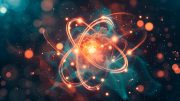
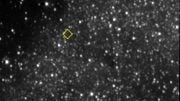

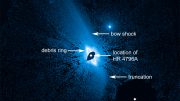
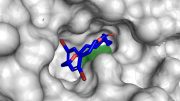
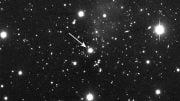
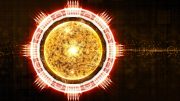
Be the first to comment on "Study Shows Graphene is Highly Efficient in Converting Light to Electricity"